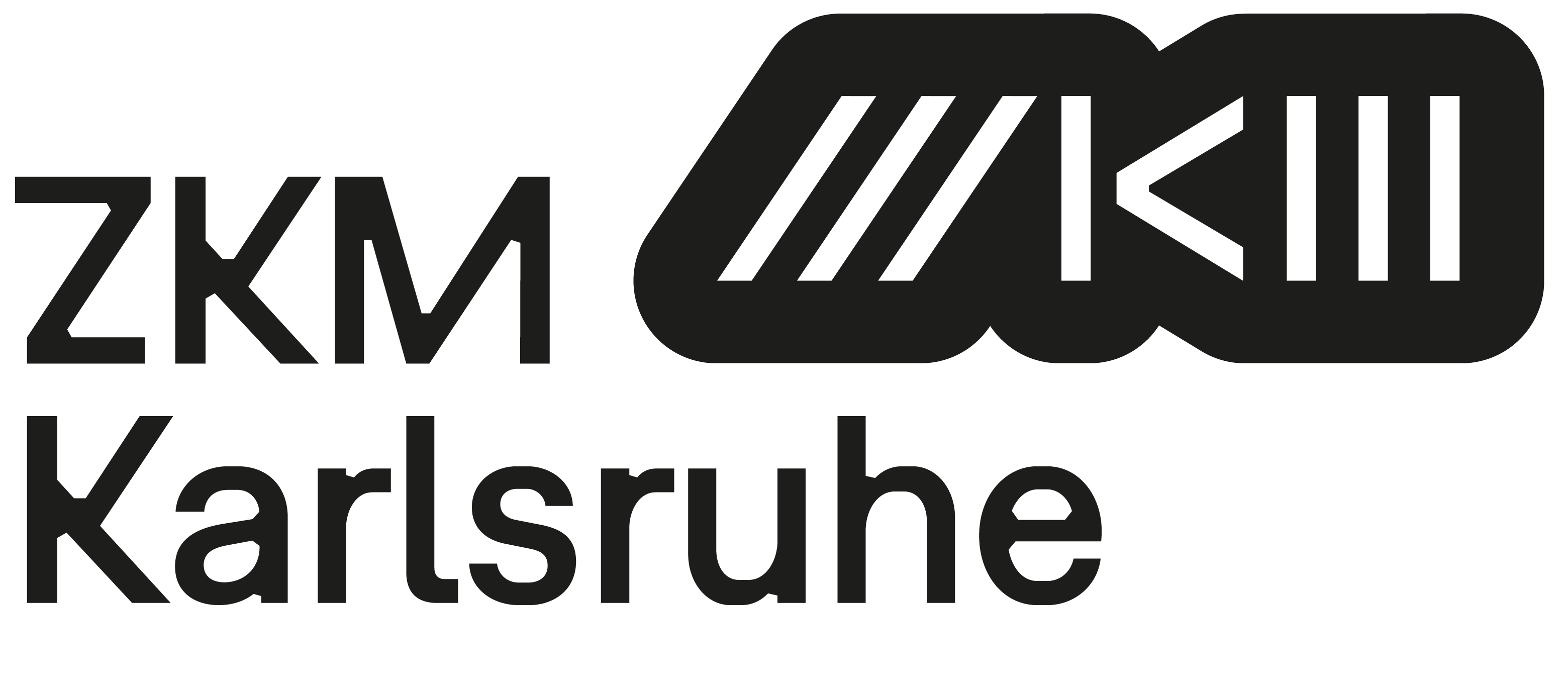Background Information on the History of an Art Style


In generative art, the act of creating picture structures itself becomes the primary focus, with the physical artwork taking a secondary role. In addition, these artists have created new technological instruments for their work, such as computers, photo cameras, and artificial intelligence. Examining topics that are pertinent to science, such as visualization, perceptual phenomena, or, more broadly, the algorithmizing and evolution of processes, is another characteristic of many generative works. In this sense, generative artists also play a variety of roles in bridging the gap between the arts and sciences.
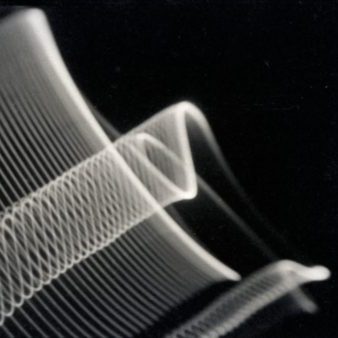

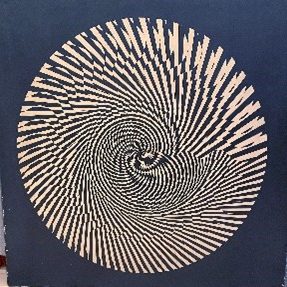

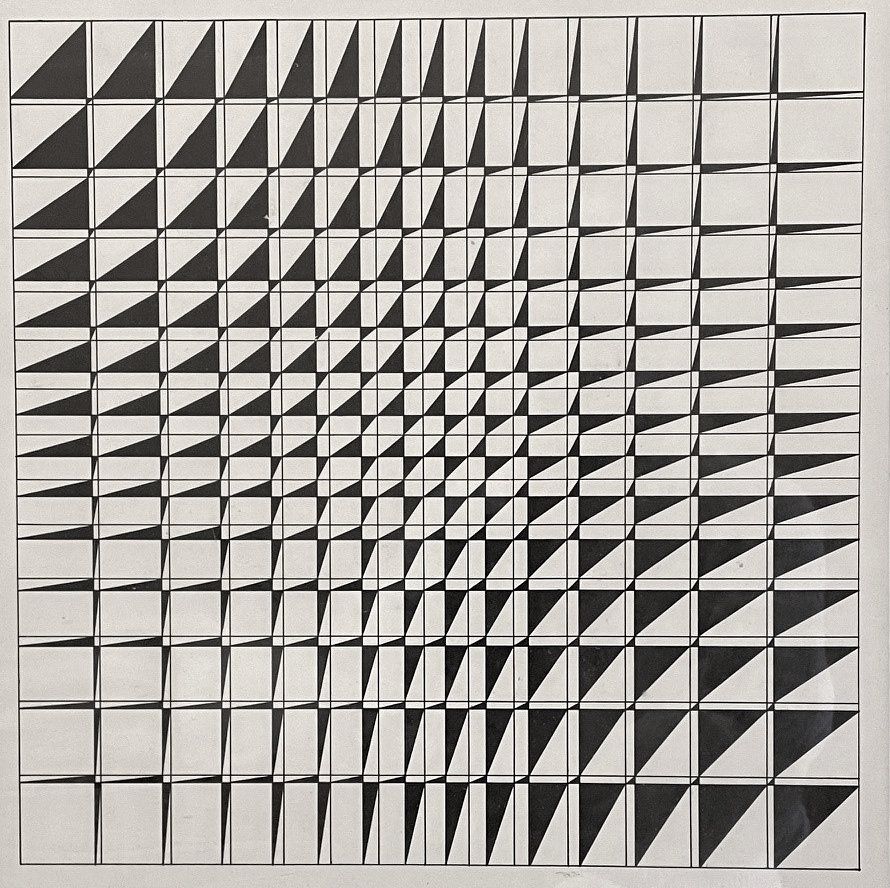

The earliest manifestations of generative art include constructivist and concrete painters, such as Wassily Kandinsky and Piet Mondrian, as well as light artists like Lazlo Moholy-Nagy and many Bauhaus members. This led to the emergence of an international movement of generative artists after World War II. As Herbert W. Franke noted in his 1957 book “Art and Construction – Physics and Mathematics as a Photographic Experiment,” these artists first created their works primarily through photography and with the assistance of analog computers. Digital computer art emerged from this movement in the 1960s. Thus, in media art, the abstract program code ultimately emerged as the central component that united text, music, and visuals.
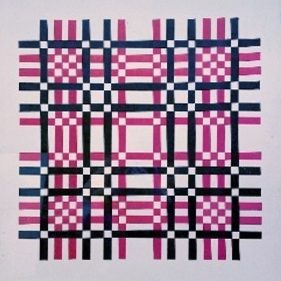

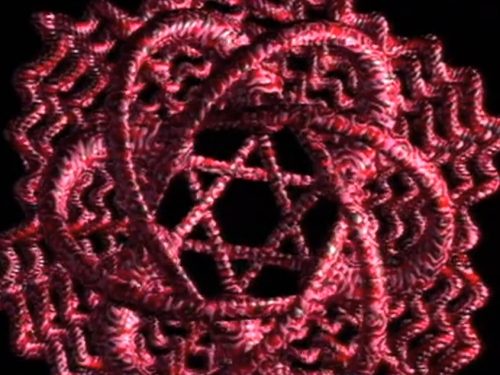

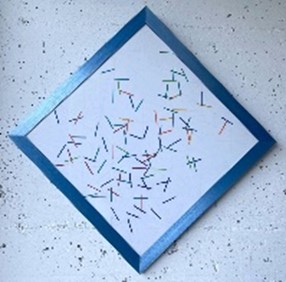

Since artists created their own codes in the early days of computer art, they were typically engineers or programmers. At the time, only few artists with traditional training dared to enter this new technical realm, and when they did, they eventually had to collaborate with programmers. But as digital technologies advanced starting in the 1970s, artists have access to an ever-increasing array of programs for putting their creative ideas into practice. Through the development of interactive applications and multimedia performances, artists laid the groundwork for the emergence of net art and virtual art worlds in the 1990s.
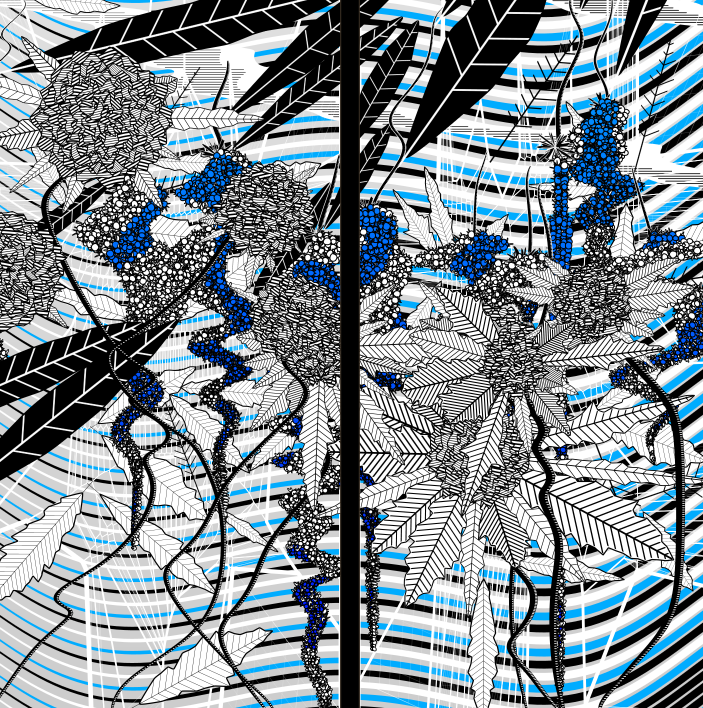

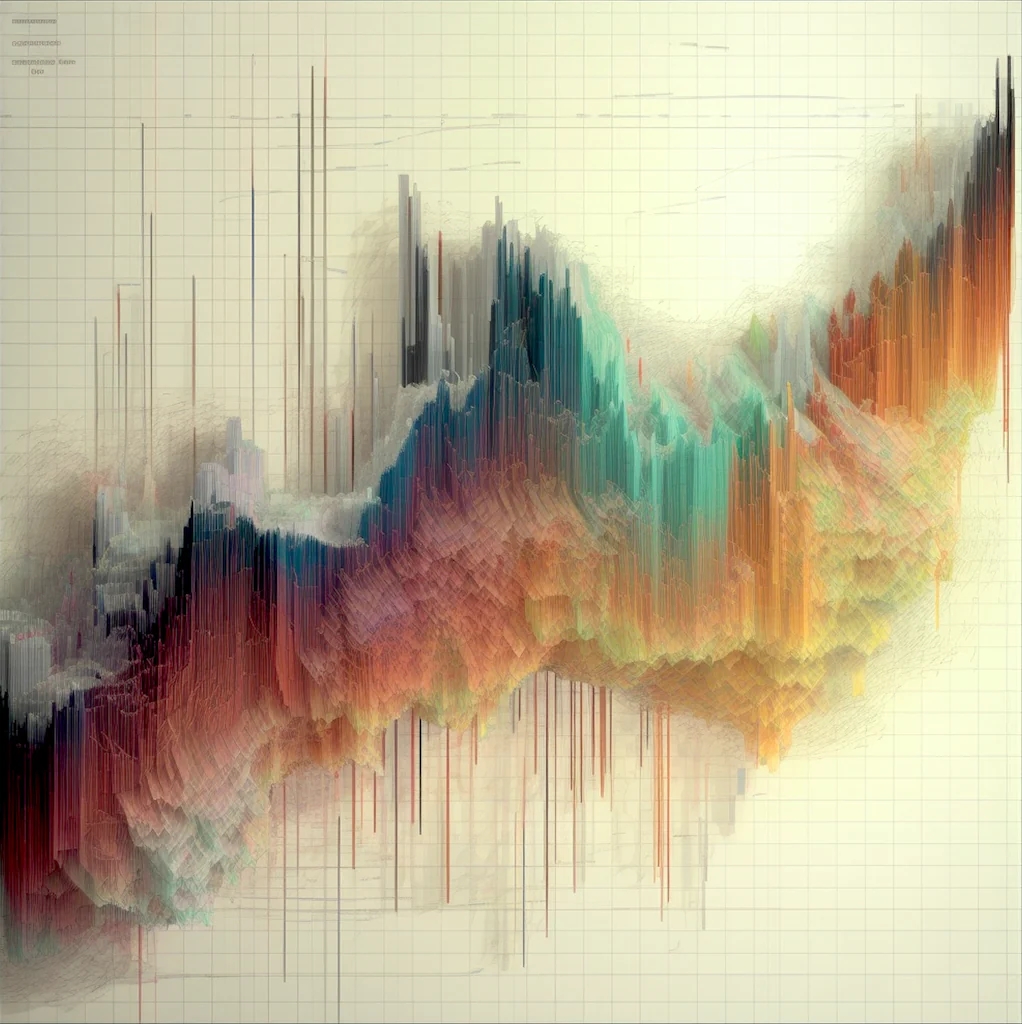

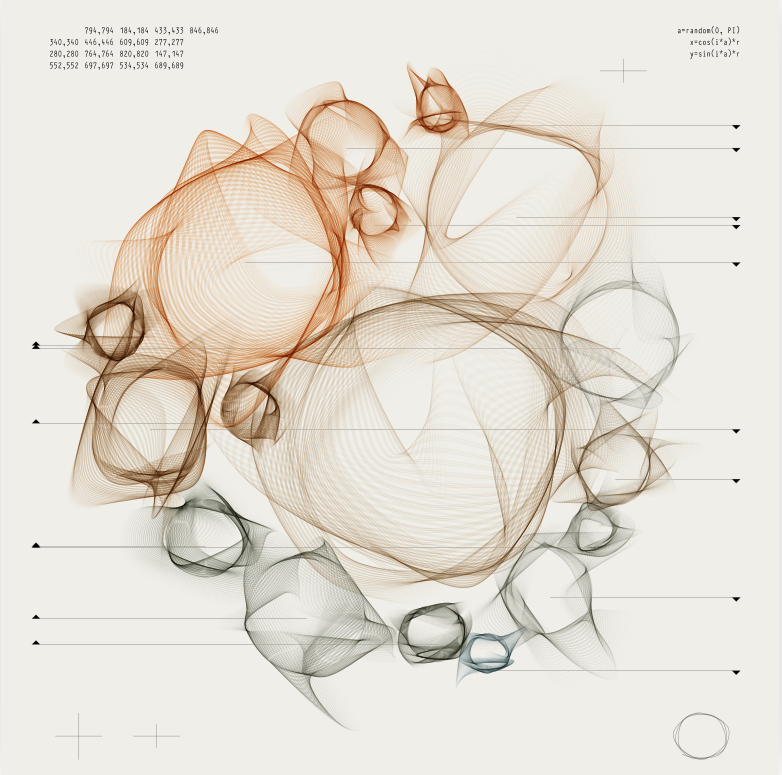

Since the dawn of the twenty-first century, generative artists have also been dependent on blockchain. With its help, they are now able to connect with a sizable audience and have created a novel avenue for distribution beyond the conventional routes of galleries and museums. NFT art led to the rapid emergence of an alternative billion US-dollars crypto art industry in 2023 that was even twice as high 2 years ago. One of the conference’s topics will be: Does this distribution channel own the future? Similarly, the topic of how artificial intelligence’s neural networks will alter the creative process will become increasingly significant for generative art in the future. This AI art raises some questions even more sharply, questions that have already been the focus of contentious discussion among professionals in the field of visual art since long time. But AI art confronts some issues even more pointedly when it comes to openings to technology. They deal with the intricate area of conflict between humans and machines during the creative process of art.
Event-Partners
